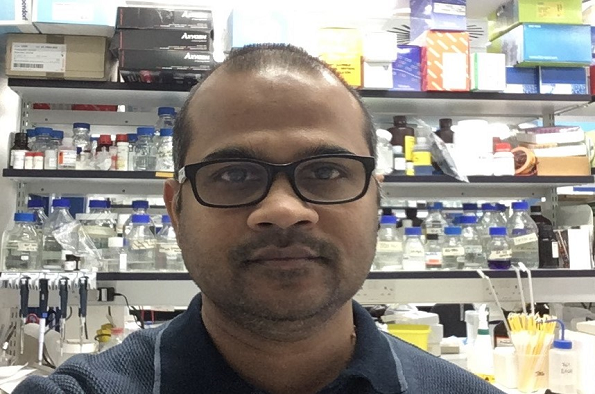
Regulation of the NLRP3 Inflammasome by a Novel Mechanism
- Sonia Rocha
- Suitable for: Staff and students with an interest in Genomes, Systems and Therapeutic Targeting
- Admission: Free
Add this event to my calendar
Click on "Create a calendar file" and your browser will download a .ics file for this event.
Microsoft Outlook: Download the file, double-click it to open it in Outlook, then click on "Save & Close" to save it to your calendar. If that doesn't work go into Outlook, click on the File tab, then on Open & Export, then Open Calendar. Select your .ics file then click on "Save & Close".
Google Calendar: download the file, then go into your calendar. On the left where it says "Other calendars" click on the arrow icon and then click on Import calendar. Click on Browse and select the .ics file, then click on Import.
Apple Calendar: The file may open automatically with an option to save it to your calendar. If not, download the file, then you can either drag it to Calendar or import the file by going to File >Import > Import and choosing the .ics file.
Malfunctioning of inflammasomes is associated with serious human diseases. Mutations in NLRP3 and MEFV (also known as Pyrin) are linked to auto-inflammatory and fever syndromes. Aberrant activation of the NLRP3 inflammasome has also been implicated in atherosclerosis, type II diabetes, inflammatory bowel diseases, and neurodegenerative diseases. The activation of the NLRP3 inflammasome requires two signals, namely a PAMP (Pathogen-Associated Molecular Pattern) such as ligands that activate Toll-Like Receptors (TLRs) and, a second signal, which in majority of the cases is a DAMP (Damage-Associated Molecular Pattern). The two signals together trigger the formation of an inflammasome, a multi-protein complex comprising the proteins NLRP3, ASC and Caspase 1. This leads to the activation of Caspase 1, which cleaves pro-IL-1 and pro-IL-18 to their mature secreted forms.
Using proteomic, genetic and biochemical approaches, I have identified a novel mechanism that may explain how TLR signaling regulates the formation of the NLRP3 inflammasome complex and Caspase-1 activation. In the seminar, I will reveal the identity of protein(s) and present a hypothesis for their critical role in activating the NLRP3 inflammasome.
